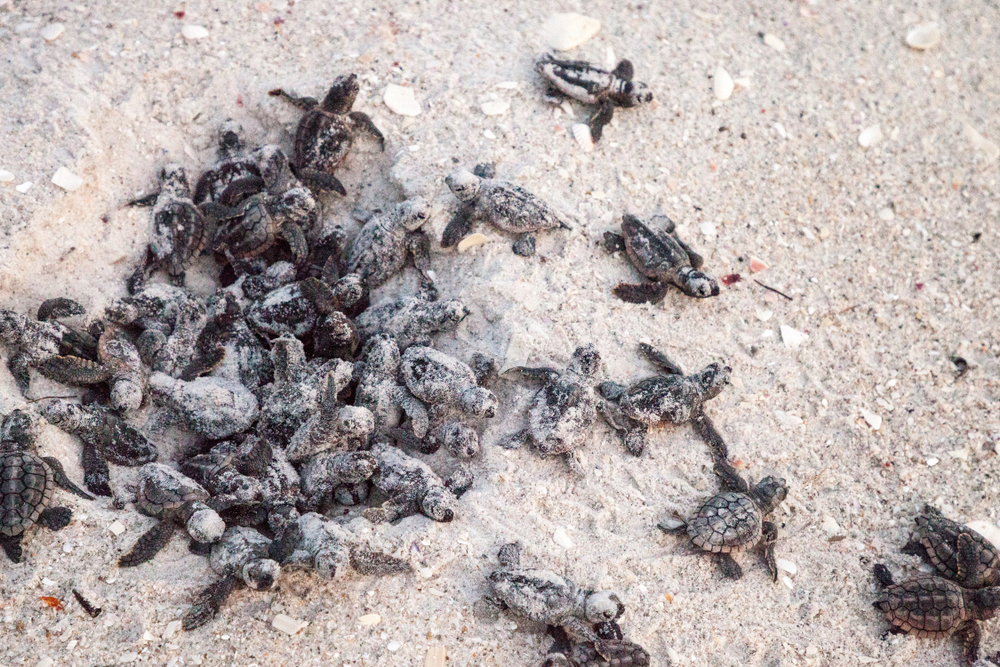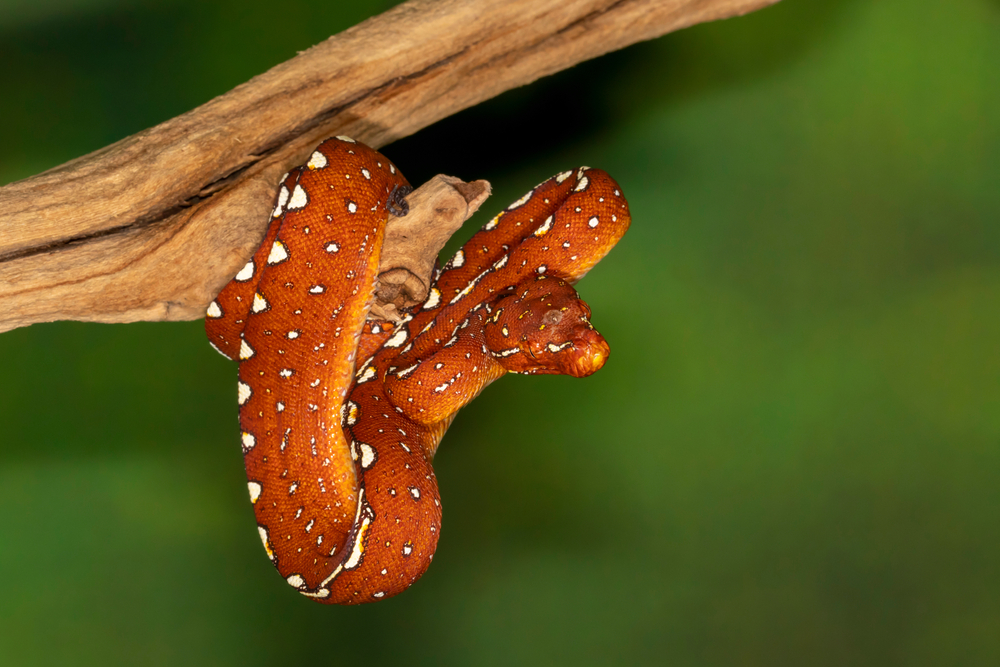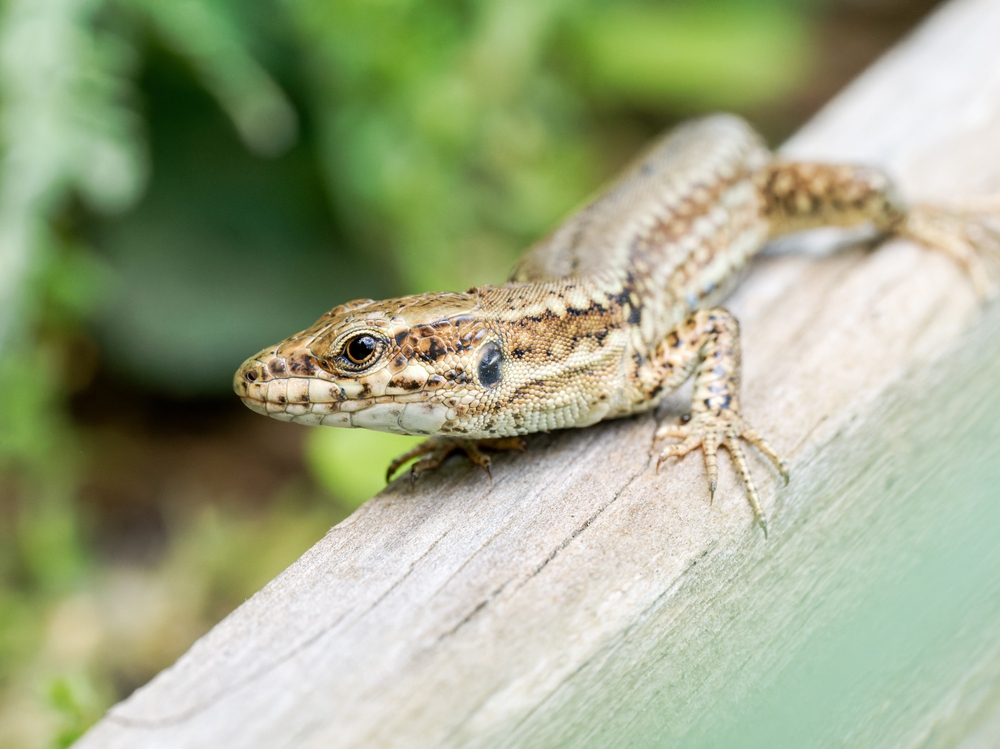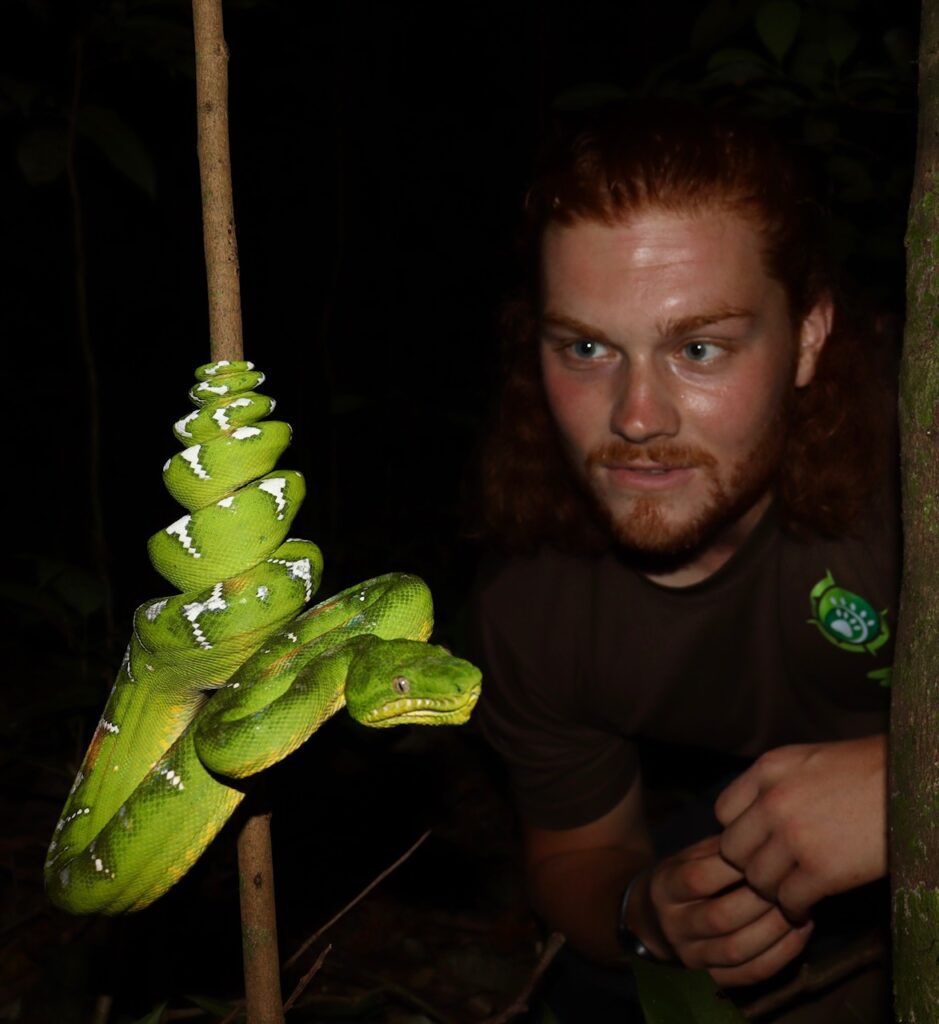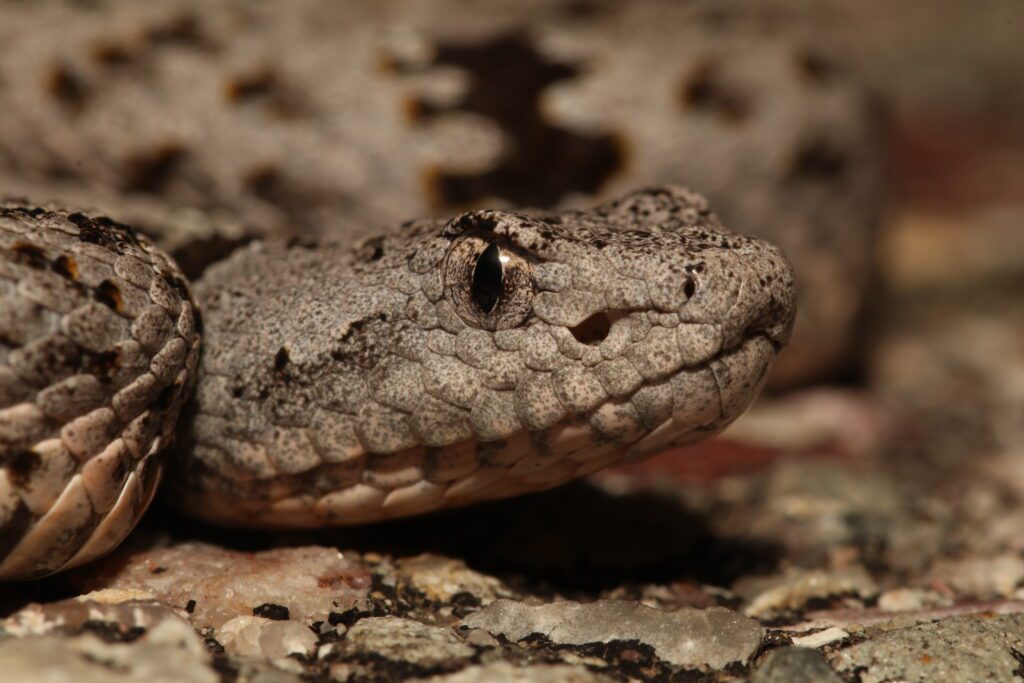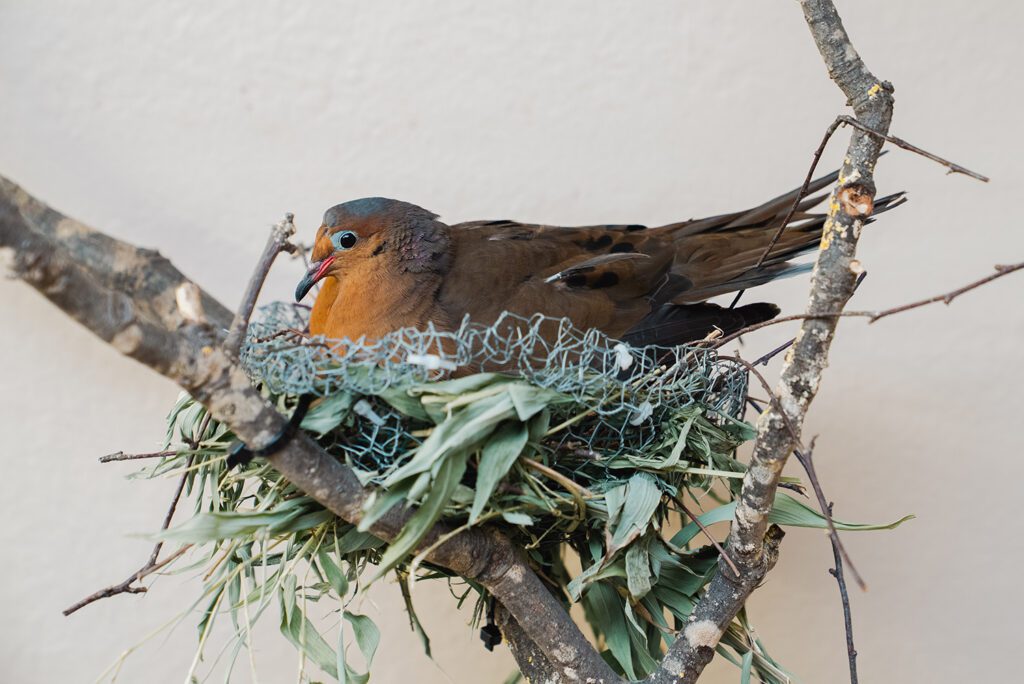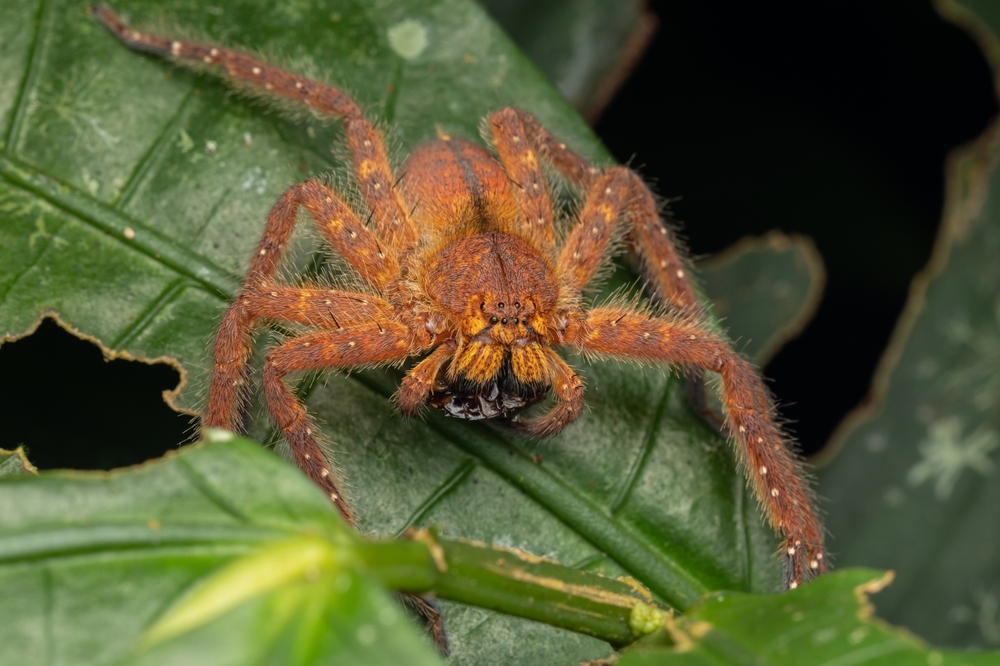A recent study on South Carolina’s beaches found that even at low levels of artificial light hatchling loggerhead sea turtles (Caretta caretta) can be slowed and confused on their journey to the ocean. Under moonlit skies, hatchlings move quickly and decisively, but any added light – no matter how dim – disrupts their orientation and increases the risk of these already Vulnerable species from not reaching the sea.
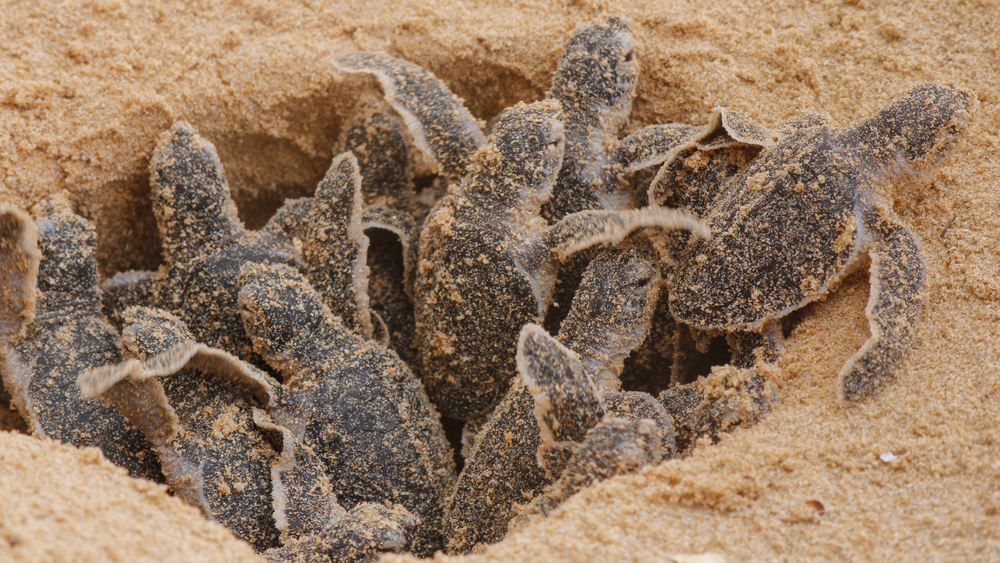
The Loggerhead Sea Turtle’s Journey
Each summer along South Carolina’s Grand Strand, tiny loggerhead sea turtles emerge from their sandy nests under the cover of darkness. Guided by an ancient instinct, these hatchlings use natural visual cues, such as the bright horizon over the ocean and the reflection of moonlight on the water, to find their way to safety. But for many loggerhead sea turtles, that journey is becoming increasingly treacherous due to our artificial light manipulating day and night.
Loggerhead sea turtles are listed as Vulnerable by the IUCN. They can grow to around a metre in shell length and weigh over 130 kilograms. They are found in warm temperate and subtropical waters worldwide, from the southeastern United States and the Mediterranean to the coasts of Japan and Australia.
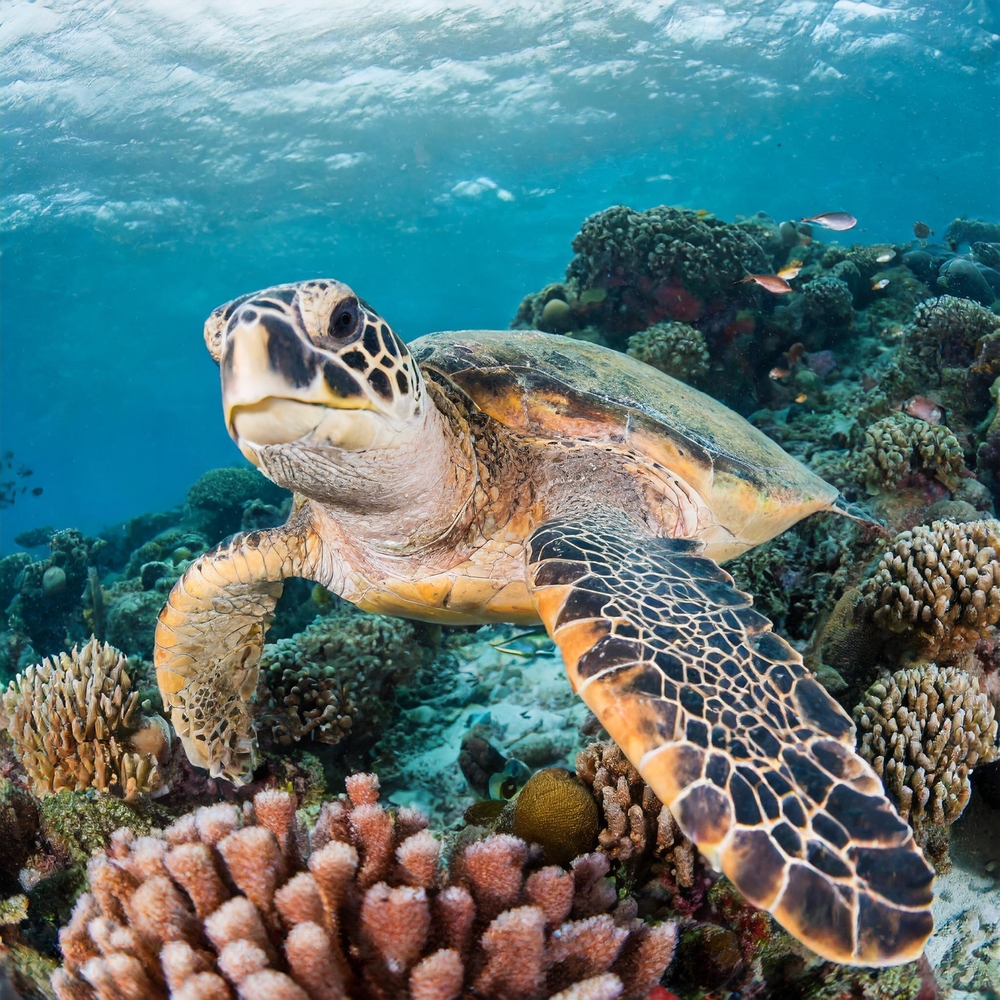
From the moment they hatch, loggerhead sea turtles face daunting odds – only about one in 1,000 will survive to adulthood. Guided by the Earth’s magnetic field, hatchlings that reach the ocean can travel across entire ocean basins, often spending decades at sea before returning to the very beach where they hatched to breed.
Beyond their impressive journeys, loggerhead sea turtles play a crucial role in marine ecosystems by controlling invertebrate populations and helping maintain healthy seagrass meadows. Yet they face increasing threats from fishing bycatch, coastal development, marine debris, and artificial lighting that can disorient both nesting females and their hatchlings, making their survival an urgent conservation priority.
The Study
The researchers examined the effect of artificial light on hatchling orientation using non-illuminating infrared cameras at nests spread across beaches with varying levels of light pollution. Under clear, moonlit skies, hatchlings crawled faster and appeared decisive in their approach to the water. However, researchers found that very low levels of artificial light disrupted hatchling orientation, slowing their crawl speed and causing them to stray from the ocean’s natural direction.

The “fan spread” referring to the variability in the hatchling’s crawl direction as they moved from the nest, widened significantly, indicating more scattered, erratic movements and less direct orientation with artificial light. Even at low-intensity light exposure, the sea turtles were observed diverting inland or toward unnatural angels, with some even hesitating or stopping during their crawl.
When hatchlings wander inland or move sluggishly, their risk of dehydration, exhaustion, and predation skyrockets. Artificial light can lure them away from the ocean altogether, turning a short sprint to safety into a fatal detour. The study reinforces a growing body of evidence showing that light pollution – no matter how subtle – can have serious consequences for these animals.
What can we do?
These findings emphasise that protecting sea turtles requires more than just reducing bright costal lights; all sources of light near nesting beaches, from streetlamps to porch lights, can negatively impact the survival of these sea turtles. By actively reducing or shielding artificial lights near nesting beaches, we can give hatchlings a fighting chance to complete the most important journey of their lives – the first few meters toward the open sea.
Findings from this study carry clear lessons for herpetology keepers. Many reptiles and amphibians, like turtles, geckos, and frogs, depend on subtle natural light cues to navigate, feed, rest, and breed. Just as even low levels of artificial light slowed and disoriented loggerhead sea turtle hatchlings, stray light in captivity, whether from night-lights, nearby windows, or room lamps, can disrupt normal behaviours, stress animals, and interfere with their internal rhythms. Good husbandry means replicating not only a species’ daylight needs but also replicating its natural darkness. Whether in the wild or in a terrarium, an animal’s internal compass works best when the night is truly dark.
The full article can be found here.
By Adam Colyer and Sanya Aggarwal
Nature’s Imitation Game: Emerald Tree Boas and Green Tree Pythons
High in the forests of South America and the Indonesian archipelago, jewel-toned snakes drape themselves…
The Wall Lizards of Ventnor Botanic Garden
Tucked away on the sun-soaked southern coast of the Isle of Wight, UK lies a…
Thinking Like a Snake: Field Insights into Emerald Tree Boa Husbandry
Among keepers, few snakes inspire as much awe as the emerald tree boa (Corallus sp.)….
Herping Arizona Monsoons 2025 – Part One
Arizona encompasses vast stretches of Sonoran, Colorado, and Mojave Deserts. It’s scattered with 10,000-foot-high mountains…
“Extinct” Doves Hatch at Chester Zoo
Eight chicks belonging to a dove species that has been extinct in the wild for decades…
Naming Nature: Where Taxonomy Meets Pop Culture
From David Bowie’s lightning bolt immortalised in the iridescent fur of a spider, to Jackie…
